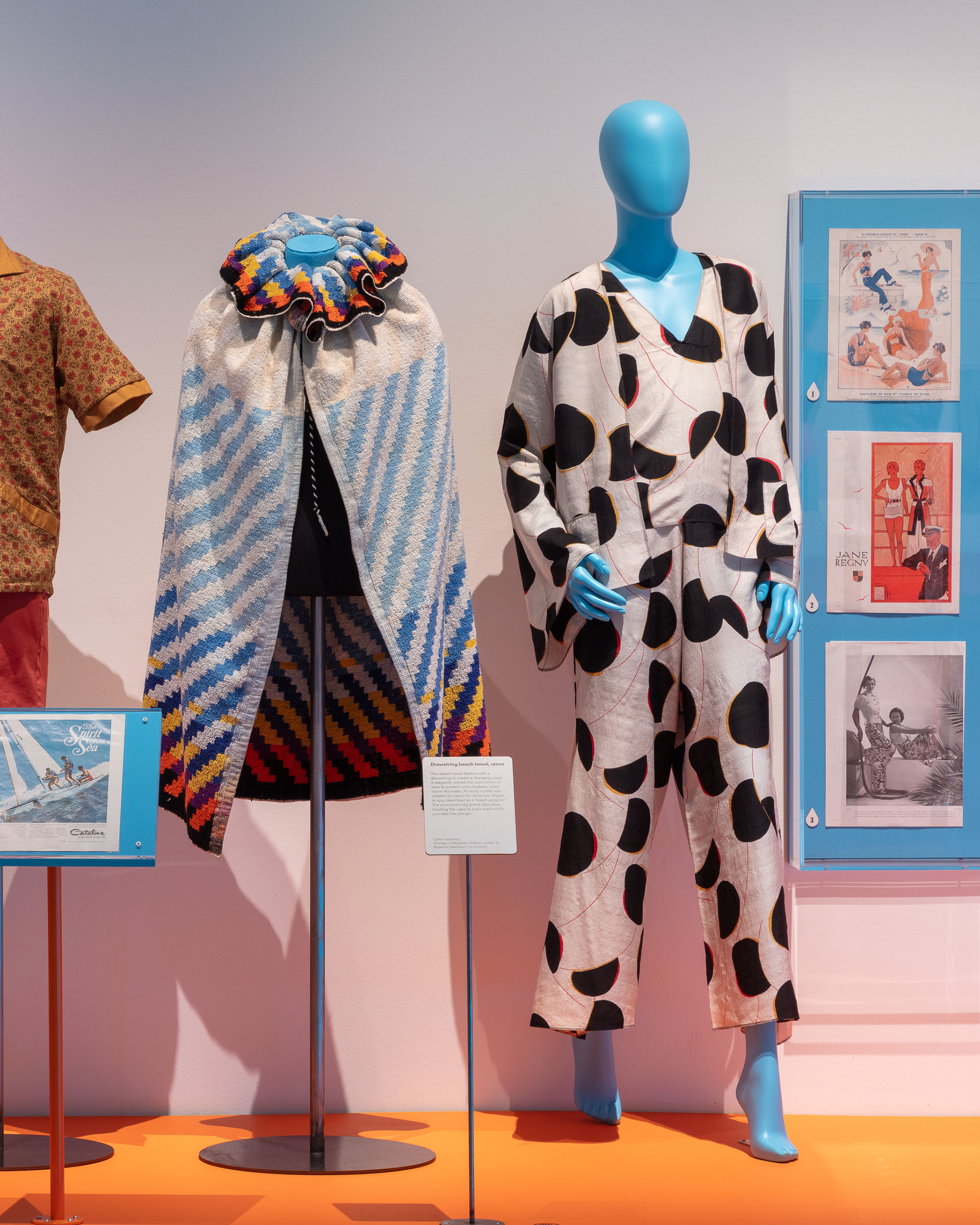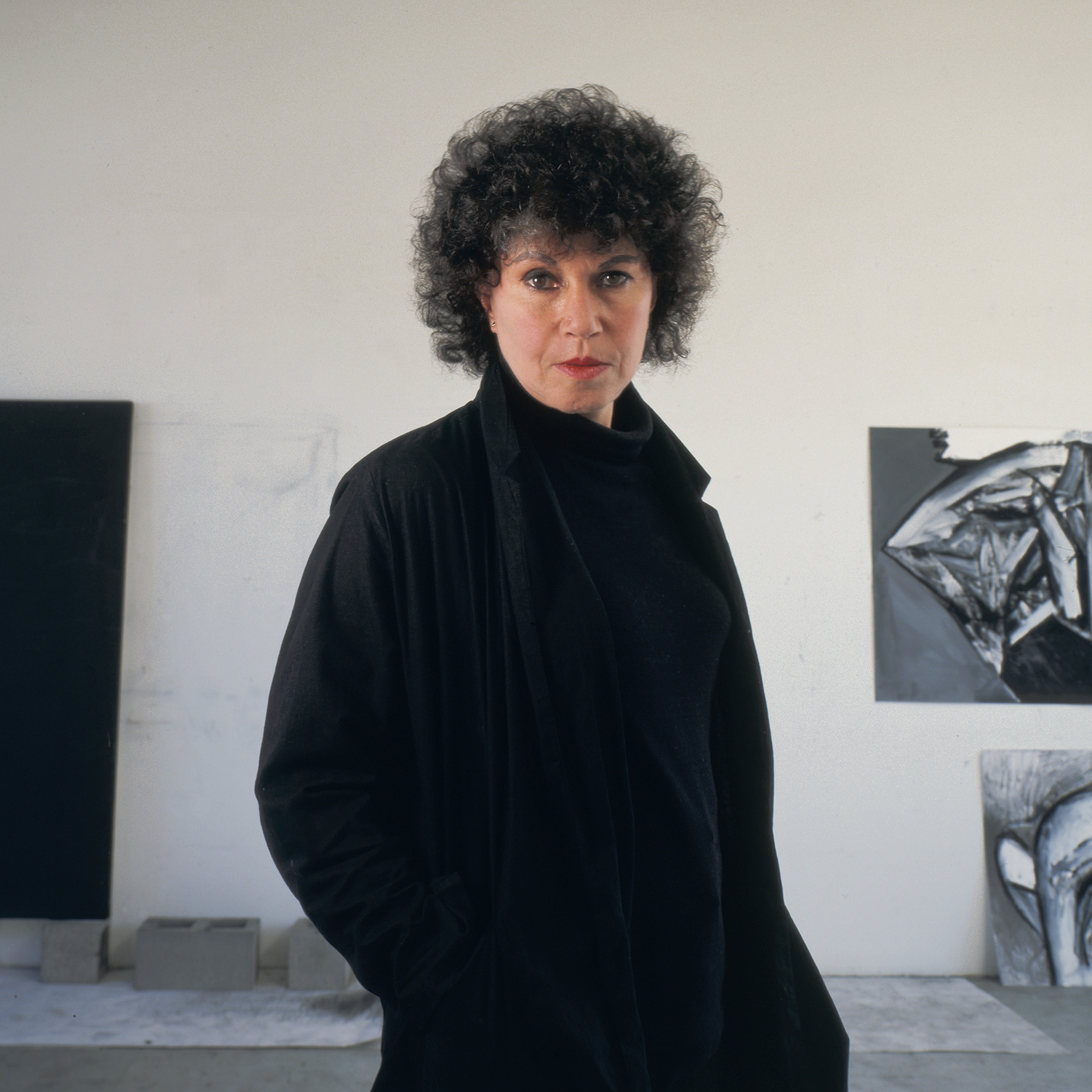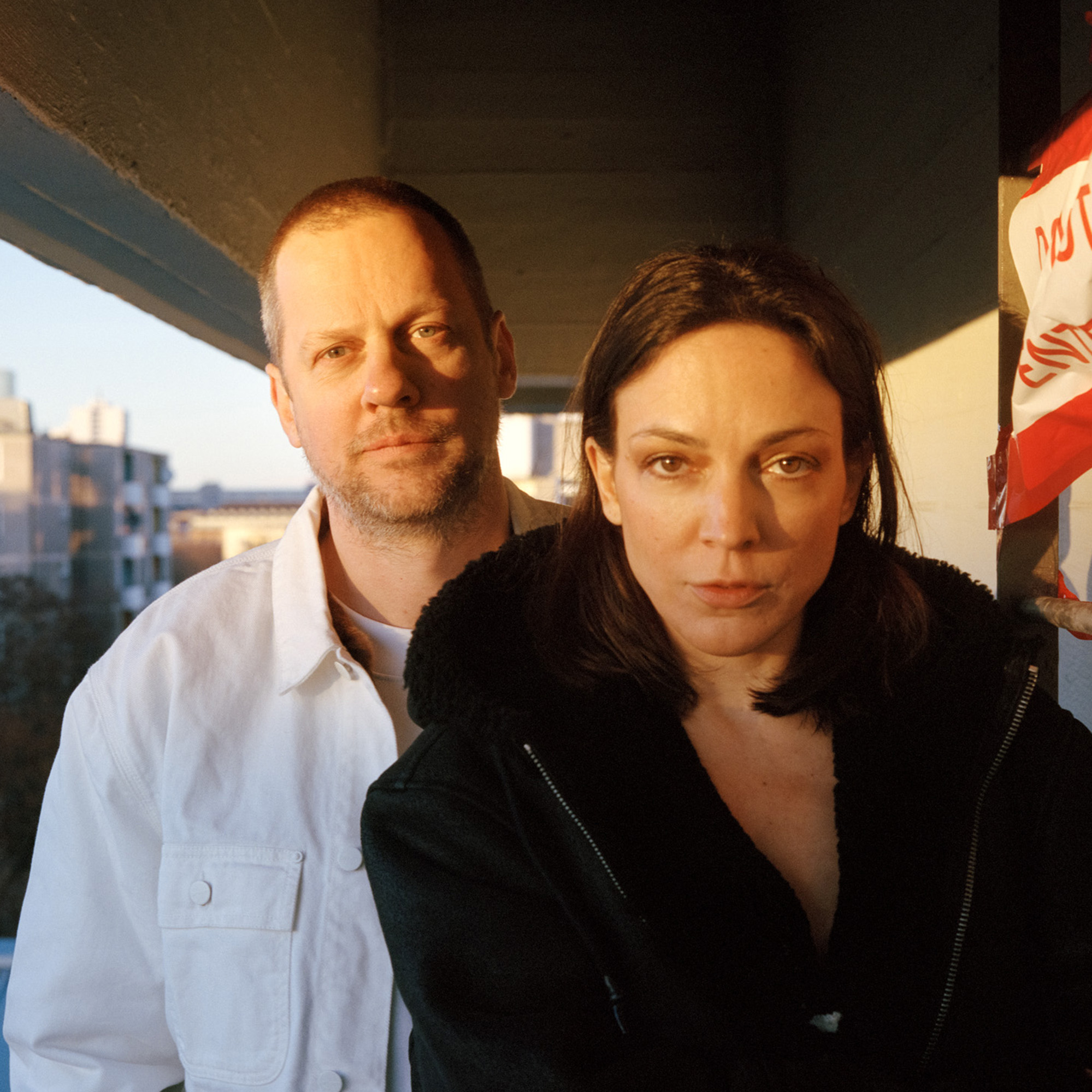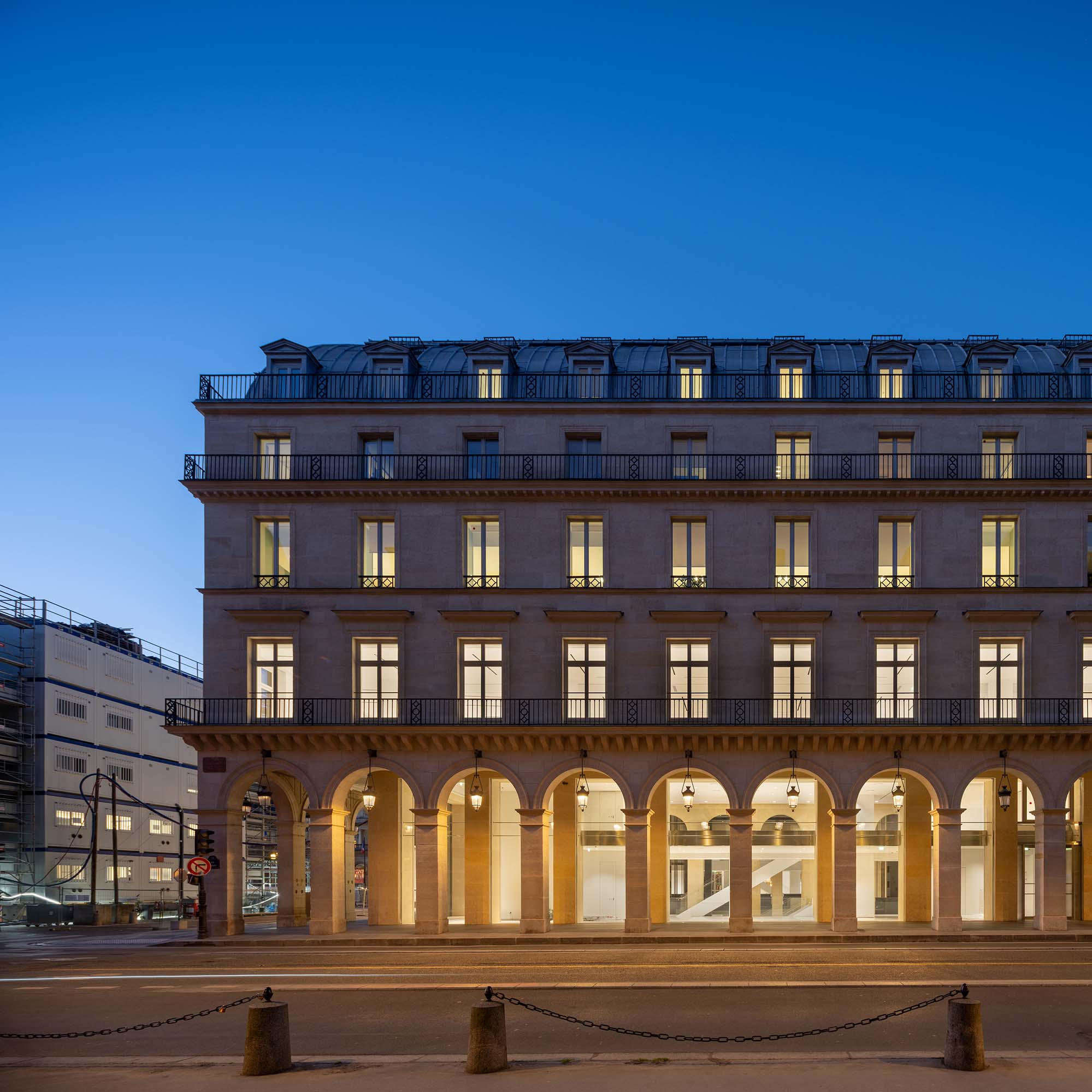A Painter’s Last Works Resurface in New York
The brilliant late career of Jay DeFeo. Plus, America's forgotten painter, solitude on film, and more.

Welcome to The Curator, a newsletter companion to The Grand Tourist with Dan Rubinstein podcast. Sign up to get added to the list. Have news to share? Reach us at hello@thegrandtourist.net.
London, “Splash! A Century of Swimming and Style” (Until Aug. 17)
It’s been almost 100 years since the dawn of swimming as we know it, that is, in swimsuits less modest than those Victorian woolen bathing dresses worn to the beach in the 1800s. By the 1930s, men were beginning to go shirtless to the beach, leisurely swimming had replaced bathing, and taking beach holidays exploded in popularity. The bikini would be invented in 1946, and Speedo introduced nylon into swimwear in 1956. This exhibition studies the past century of swimming in sport and fashion, as well as the social histories intertwined with the pool. Among the 200 objects is Pamela Anderson’s red Baywatch swimsuit, 1980s men’s Speedos, one of the earliest bikinis invented, and even a facekini. designmuseum.org
Berlin, “Vaginal Davis: Fabelhaftes Produkt” (Until Sept. 14)
“Too gay for the punk scene and too punk for the gay,” Vaginal Davis describes herself. The performer, artist, writer, experimental filmmaker, and educator, to name a few of her titles, pays homage to the Black Power activist Angela Davis with her name. For Vaginal Davis, born intersex of Black Creole, Jewish, and Mexican heritage, defying simple binaries has become the standard. Davis was born in L.A. in the 1960s, where she got her start as the front woman of the Afro Sisters, her punk band. “Only Los Angeles could produce a creature such as myself,” she said. Through her art and position as an outsider, even in alternative culture, Davis confronts the norms of society. In 2005, she moved to Berlin, where she’s been living ever since, saying, “I found in Los Angeles’s sister city a raw poetic beauty in its bleakness. Give me Berlin’s grumpy bluntness any day.” Her first solo exhibition in Germany celebrates Davis’s remarkable and uncategorizable artistic output since 1985, which blends punk, glamour, queer activism, and Black counterculture. berlinerfestspiele.de
Lausanne, “Soleil·s” (Until Sept. 21)
Would meadows take the place of a melted glacier in 2070? How would a truly sustainable utopia look? Would it photosynthesize energy from algae? What does “ecosexy” design look like? The second Solar Biennale, hosted this year at the Museum of Contemporary Design and Applied Arts in Switzerland, is dedicated to answering these questions and more. The exhibition brings together design, art, and research to explore what could be our best bet at survival—adopting solar energy. Immersive installations, eight innovative commissions, and even a solar punk short story collection imagine the possibilities of a sustainable future that could well become reality. At the forefront, thoughtful design becomes a vital catalyst to shaping the future. mudac.ch
London, “Arpita Singh: Remembering” (Until July 27)
In the past 30 years, the themes of motherhood, time, and aging have appeared more frequently in the paintings of Arpita Singh. Her heavily layered works tend to do this—with a light touch, they collapse her intimate reflections, social history, and politics into animated and vibrant canvases. In her childhood in New Delhi, Singh couldn’t afford sketchbooks, so she sketched on pages of catalogues, newspapers, and magazines. Now, repeated words and phrases make their way into her paintings, just like they unintentionally would have then. At 88 years old, Singh is one of India’s best-known painters, yet this is her first major solo show outside the country. In it, 165 oil paintings, acrylics, watercolors, ink drawings, and etchings exhibit the full range of Singh’s practice, and how she dances across Surrealism, figuration, folk art, and influences from Indian court paintings. serpentinegalleries.org
Savannah, “Raul De Lara: Raíces/Roots” (Until July 6)
Born in Culiacán, on the western coast of Mexico, Raul De Lara immigrated to the United States when he was 12, becoming a DACA recipient in 2012. The artist’s interest in craft developed early on, in his parents’ old woodshop and while working in construction and at his uncle’s hardware store in the States. In his woodwork, De Lara uses humor to confront the struggles of undocumented immigration and the uncertainties of DACA, and to keep close his Mexican heritage. De Lara hadn’t left the U.S. in the almost two decades since his arrival for fear that he wouldn’t be allowed to return, missing even his first shows in his homeland. This is his first solo museum exhibition, and comes after De Lara was finally able to visit his childhood home last year. It features majestic wooden houseplants and his Tired Tools series. The art represents “those who choose to create beautiful things during hard times,” he says. scadmoa.org

The brilliant late career of Jay DeFeo. Plus, America's forgotten painter, solitude on film, and more.

For decades, the Berlin-based fashion and culture magazine 032c set a global standard for transgressive ideas and stunning visuals that inspired leagues of creatives. On this episode, Dan speaks with the couple on how the brand evolved from publishing powerhouse to fashion line.

The Fondation Cartier pour l’art contemporain is moving into a new home in the very heart of Paris. Dan speaks with the Fondation's Beatrice Grenier about the incredible new museum by architect Jean Nouvel, its fascinating history, and the exciting inaugural exhibition.